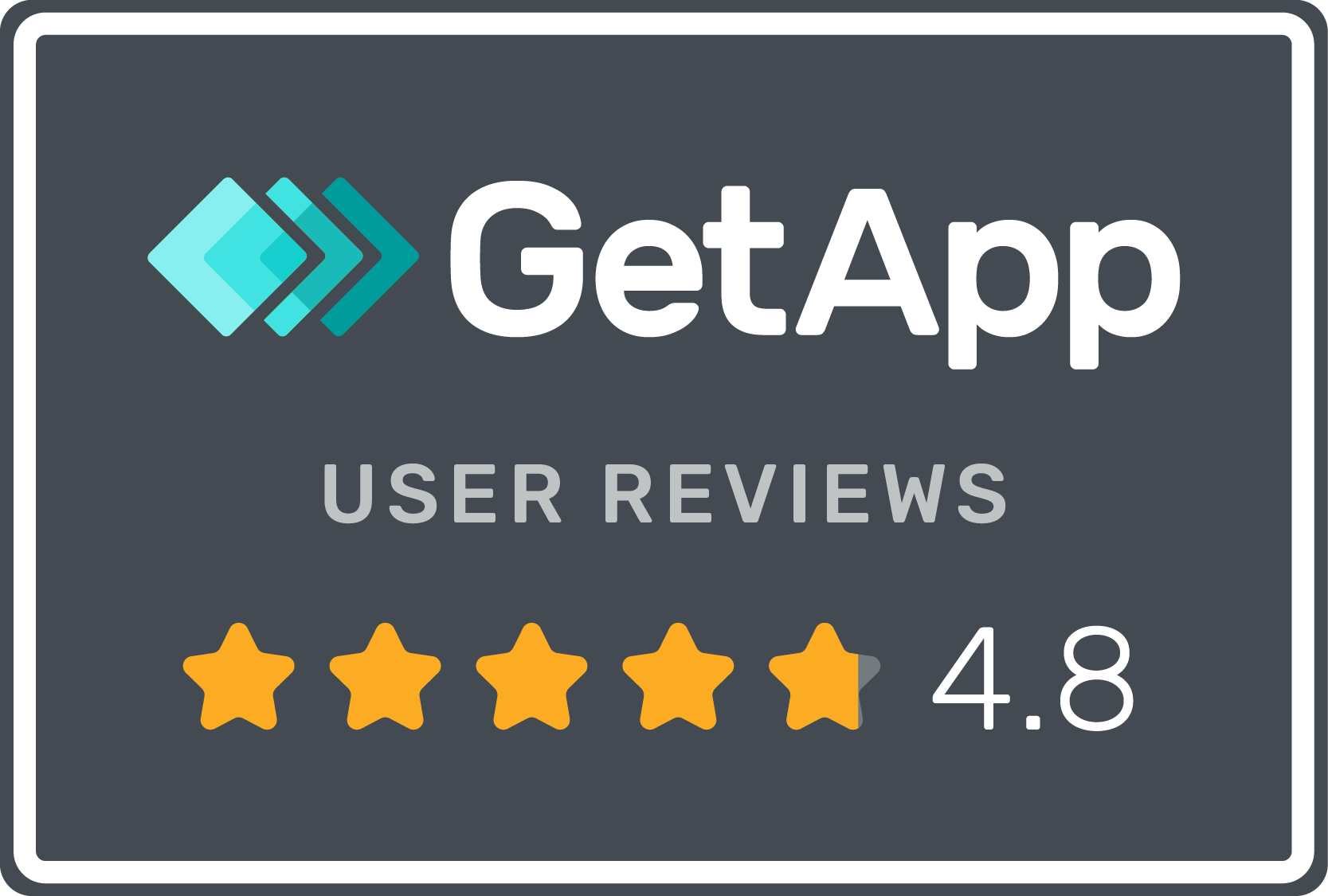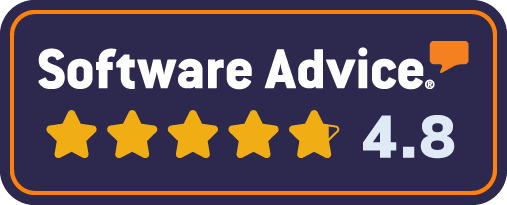Why You Need to Build for Bots as Much as People in 2025
As we head into 2025, the way people interact with information is undergoing a seismic shift. Traditional websites, once the primary interface for accessing and sharing information, are increasingly taking a backseat to general-purpose chatbots powered by foundation models like ChatGPT, Gemini, and Claude. These AI-driven platforms are fast becoming the most common human interface for retrieving information, making decisions, and even planning travel and experiences.
This trend represents both a challenge and an opportunity for destination marketers and brand managers. To remain relevant and influential, brands must adapt their strategies to not only engage with people but also “engage” with bots. Here’s why this matters and how you can stay ahead of the curve.
The Rise of Bots as the Primary Interface
General chatbots are no longer just conversational gimmicks. They’ve evolved into robust platforms capable of parsing vast amounts of data, delivering concise answers, and even providing nuanced recommendations. For users, these chatbots offer:
- Instant Information: Why navigate a website when you can ask a bot a question and get an immediate answer?
- Simplified Decision-Making: From planning vacations to choosing restaurants, chatbots deliver tailored suggestions based on user preferences.
- Accessibility: Chatbots break barriers of language, interface design, and digital literacy.
For businesses and destinations, this shift means fewer users will visit your website directly or engage with traditional marketing touchpoints. Instead, they’ll rely on AI interfaces to filter and deliver information. This changes the way you need to think about influencing perceptions and driving engagement.
Influencing What ChatGPT, Gemini, and Claude Say About Your Destination
If chatbots are becoming the primary interface between your brand and its audience, the big question is: how do you ensure these bots accurately and positively represent your destination? Here are actionable strategies:
1. Feed Bots with High-Quality, Structured Data
Foundation models rely on vast datasets to generate their responses. If your destination’s data is missing, outdated, or inaccurate, the bots won’t have the right information to share.
- Leverage Schema Markup: Add structured data to your website and content. Use https://schema.org to highlight key information such as locations, events, and attractions. For example, this schema for Tourist Destinations: https://schema.org/TouristDestination.
- Open Data Initiatives: Publish datasets about your destination, like tourism statistics, notable landmarks, things to do, attractions, places to stay, places to eat, or local events, in widely used formats. Share these on platforms like Brandkit (https://brandkit.com), Wikidata (https://www.wikidata.org), or other public repositories.
2. Create Authoritative Content
Bots prioritize authoritative sources. To ensure your destination’s voice is heard:
- Publish Verified Information: Contribute to well-established online platforms like Wikipedia (https://www.wikipedia.org) or major travel and tourism databases.
- Optimize for Conversational Search: Tailor your content to answer specific questions that potential visitors might ask. For example, “What are the best outdoor activities in [Your Destination]?”
- Platforms like Brandkit (https://brandkit.com) can help you optimize, organize, and expose your data as conversational data suitable for Chatbots, by uploading and maintaining things like FAQs, Brand Narrative, Events, Things to do, etc.
3. Engage with the Ecosystem
Many chatbots allow integrations or plugins to provide real-time, brand-specific data. For instance:
- Develop Plugins or APIs: Work with platforms like ChatGPT to create plugins that directly pull information about your destination. For example, Brandkit provides knowledge source links to ChatGPT and other Chatbots.
- Partner with Key Platforms: Establish collaborations with major travel and content aggregators that bots frequently reference.
4. Monitor and Iterate
It’s essential to keep track of how bots are representing your destination and adjust your strategy accordingly.
- Audit Bot Responses: Regularly query chatbots about your destination. Identify gaps or inaccuracies and address them.
- Gather Feedback: Encourage users to ask bots about your destination and share their experiences with you. Use this data to refine your content and strategies.
- Maintain your knowledge: Regularly update your knowledge and content and ensure bots are set up to request your updated knowledge on a regular basis (daily ideally).
5. Prioritize Authenticity
Bots are getting better at detecting promotional fluff. Focus on providing authentic, honest, and valuable information. Highlight unique aspects of your destination, and back claims with verifiable facts or data.
The Future is Conversational
The rise of bots powered by foundation models like ChatGPT, Gemini, and Claude isn’t a passing trend. It’s a fundamental shift in how people access and interact with information. Destinations and brands that embrace this change will be better positioned to influence travelers, build trust, and drive engagement.
By building for bots as much as for people, you ensure your destination remains relevant in a world where conversations, not clicks, are king.
The time to act is now—the future is already here.
Happy branding :)
Why You Need to Build for Bots as Much as People in 2025
Chatbots like ChatGPT, Gemini, and Claude are reshaping how people access information. Learn why destinations must prioritize bots as much as humans and how to influence AI-driven conversations effectively.


